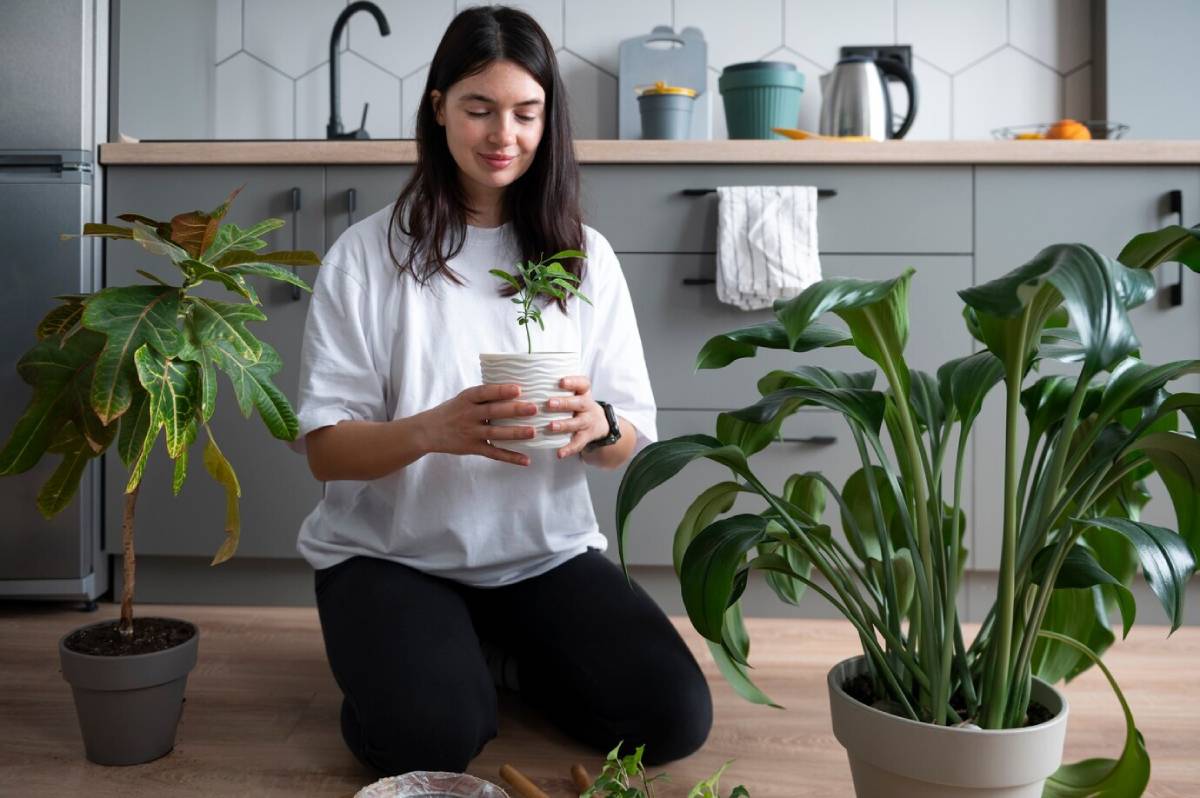
Everyday Habits for a Cleaner, Greener Living Space
Creating a clean, toxin-free, and environmentally conscious home isn’t as complicated as it sounds. In fact, eco-friendly habits can be seamlessly woven into your daily routine. Small, consistent choices compound over time—helping you reduce waste, improve indoor air quality, and contribute to a healthier planet and lifestyle.
This article outlines practical steps for building a green home without sacrificing comfort or convenience. Whether you’re starting from scratch or simply looking to enhance your efforts, these everyday practices will help you live more mindfully and sustainably.
Why Greener Living Matters
Many modern households unknowingly harbour a range of pollutants—from synthetic cleaning agents to microplastics and poor ventilation. These contribute not only to environmental degradation but also to health concerns such as respiratory issues, hormone disruption, and allergies.
Adopting a toxin-free lifestyle at home:
- Improves indoor air quality
- Reduces exposure to harmful chemicals
- Supports mental clarity and physical wellbeing
- Minimises your ecological footprint
Sustainable living starts at home—and every habit counts.
1. Use Natural Cleaning Products
Mainstream cleaning agents often contain harsh chemicals like ammonia, chlorine, and synthetic fragrances, which linger in the air and on surfaces.
Green cleaning swaps:
- White vinegar and bicarbonate of soda for general cleaning
- Castile soap for dishes, floors, and hands
- Essential oils (e.g., tea tree, lemon) for natural disinfection
- Microfibre cloths instead of disposable wipes
You can even DIY your own all-purpose spray using equal parts vinegar and water, with a few drops of essential oil for scent.
2. Reduce Single-Use Plastics

Single-use plastics are a major contributor to landfill overflow and ocean pollution. Start by phasing them out of your daily routine.
Eco-friendly habits to adopt:
- Bring reusable shopping bags, produce bags, and water bottles
- Switch to beeswax wraps or silicone lids instead of cling film
- Choose glass or stainless-steel containers over plastic
- Buy in bulk to reduce packaging
Every plastic-free swap moves your home closer to sustainability.
3. Choose Sustainable Textiles
Many synthetic textiles shed microfibres that enter waterways during washing. Plus, they often contain chemical dyes and finishes.
Greener textile options:
- Opt for organic cotton, bamboo, hemp, or linen for bedding and towels
- Wash clothing in cold water and use a microfibre-catching bag (like Guppyfriend)
- Air-dry clothes when possible to reduce energy use and fabric wear
Natural fibres are not only eco-friendly but also kinder to your skin.
4. Improve Indoor Air Quality
Pollutants like volatile organic compounds (VOCs) from paints, furniture, and cleaning products can compromise your indoor air.
Toxin-free lifestyle tips:
- Air out your home daily—just 10 minutes of fresh air makes a difference
- Introduce air-purifying plants like peace lilies, spider plants, or snake plants
- Avoid air fresheners; use diffusers with essential oils instead
- Choose low- or zero-VOC paints and finishes
Your lungs (and your walls) will thank you.
5. Embrace Energy Efficiency
Reducing energy use lowers both your carbon footprint and your monthly utility bills.
Green home practices for energy savings:
- Switch to LED lighting
- Unplug devices when not in use (or use a smart power strip)
- Wash laundry in cold water and air dry when possible
- Insulate windows and doors to retain heat
You don’t need solar panels to start living more efficiently.
6. Compost Kitchen Waste

Food waste in landfills produces methane—a greenhouse gas far more potent than carbon dioxide. Composting is a simple solution.
Composting essentials:
- Collect fruit and vegetable scraps, coffee grounds, and eggshells
- Use a countertop compost bin or install an outdoor compost heap
- Avoid meat, dairy, and oils in home composting
- Reuse finished compost in your garden or potted plants
Even if you live in a flat, many cities now offer compost pickup or community drop-offs.
7. Buy Thoughtfully and Consume Less
Mindful consumption reduces waste and prevents unnecessary clutter.
Sustainable shopping habits:
- Choose quality over quantity
- Support local, eco-conscious brands
- Repair instead of replacing where possible
- Borrow, swap, or rent items before buying
Minimalism isn’t about sacrifice—it’s about making room for what matters.
8. Switch to Refillable and Reusable Options
Cut down on packaging waste by choosing refillable household essentials.
Green swaps to consider:
- Refillable soap, shampoo, and cleaning product dispensers
- Reusable coffee filters or pods
- Cloth napkins and cleaning rags instead of paper towels
- Rechargeable batteries and solar-powered lights
A small shift today builds a cleaner, more efficient home tomorrow.
9. Involve the Whole Household
Sustainability is a team effort. Involving your family or flatmates builds accountability and creates a shared sense of purpose.
Ideas to engage others:
- Rotate who takes responsibility for composting or recycling
- Have weekly “green check-ins” to introduce a new habit
- Create a reward system for reaching eco-goals
- Educate children through fun DIYs and environmental storytelling
Sustainable living should be a shared joy, not a solo burden.
Key Takeaway: Building a Healthier Home, One Habit at a Time

A more sustainable home is about integrating intentional decisions into everyday life. Whether you’re phasing out plastic or detoxing your cleaning routine, these habits not only preserve the planet — but also foster a healthier, more vibrant home. You don’t have to change everything about your day right now — just start with one intentional step.
Sustainability is not about perfection, it’s all about progress, intention, and awareness. Even the smallest adjustment—like reaching for a natural cleaner or unplugging appliances that aren’t being used—can make a world of difference when done continually. As your environment becomes less toxic and more eco-conscious, you’ll likely notice positive changes in your surroundings and your physical and mental well-being.
Ultimately, greener living is about building a home that supports your values, health, and future. So take a breath, choose one new habit today, and let your cleaner, greener lifestyle unfold naturally from there.


